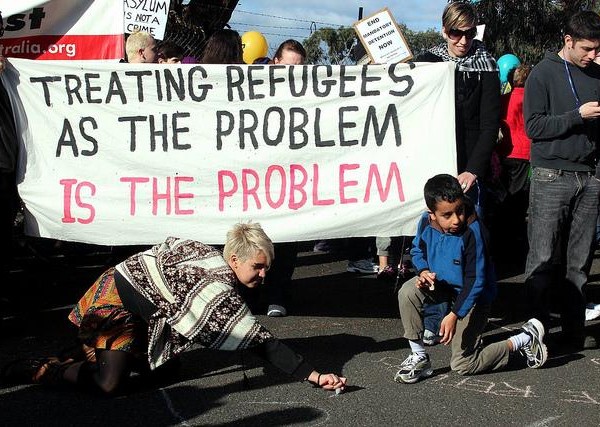A week has gone since the elections and I finally have time to write a few words about what really happened in the European Parliament elections. The Nordic countries in particular have attracted international media attention. Indeed, the Nordic election results differed significantly from those of other countries in Europe, especially Germany and France. In the Nordic countries, the modern red-green parties made significant progress, while the right-wing and far-right parties suffered heavy electoral losses.
In Finland, the red-green Left Alliance became the country’s second largest party with 17.3% support. In Denmark, the Green Party SF, to the left of the Social Democrats, rose to become the country’s largest party, ahead of the Social Democrats. The smaller red-green party Enhedslisten also won the election. The total vote share of parties to the left of the Social Democrats in Denmark was 27%. In Sweden, the red-green Vänsterpartiet got its best election result in 20 years and two MEPs.
I think this shows how modern red-green parties are now emerging as real political alternatives for all those voters who take seriously both the fight against inequality and the fight against environmental crises, and who demand effective and real responses to these problems. At a time when many parties are moving to the right while compromising on climate action, human rights and the rule of law, our victory is an important demonstration of the appeal of the modern left.
The Nordic parties share a strong stance on climate and environmental policy, combined with traditional left-wing themes of improving workers’ rights and fair income distribution. The line is also clear and consistent on international law, the rule of law and human rights: we stand with both Ukraine and Palestine against flagrant violations of international law.
Another key observation from the election result is the clear defeat of the right-wing and far-right: the Finns Party had its worst result in 20 years and the Sweden Democrats suffered their first election defeat ever. It is noteworthy that in both countries these parties have been in power for the last few years. So in both countries, voters have seen and experienced what the right wing does once in power – and in both countries, voters punished the parties for that policy.
The reasons are obvious. In Finland, the True Finns have betrayed almost every election promise they made. They campaigned on lowering the cost of living. Since coming to power, they have not only failed to improve the daily lives of ordinary people, but their decisions have directly made it worse and more difficult. They implemented historic cuts to the incomes of low-income earners and staggering increases in VAT. They launched a historically violent attack on the trade union movement and permanently undermined working conditions. They did a U-turn on Finland’s environmental and climate policy, to name a few examples.
The right-wing, which has campaigned everywhere on the grounds that climate policy raises the cost of living and undermines the economic situation of low-income earners, turned out to be the worst offender of all in terms of undermining the economic situation of low-income earners.
The election result in the Nordic countries is therefore an important signal for Europe as a whole. We have already seen and experienced here what the real agenda of the far right is: everything else is for sale, as long as immigration policy is tightened up. They do not care about workers, young people, low-income earners or the unemployed. They will undermine their position, and give more to the rich. In Sweden and Finland people have seen what the policies of the right-wing and far-right are really like – and the election result in the Nordic countries is a very clear statement from the people for change.




